Behavioral Design is the Future of UX
Successful apps aren’t just usable; they make users want to use them. Too often, companies build an expensive app, only to struggle with user...
2 min read
Written by Laura MacPherson, Aug 1, 2019
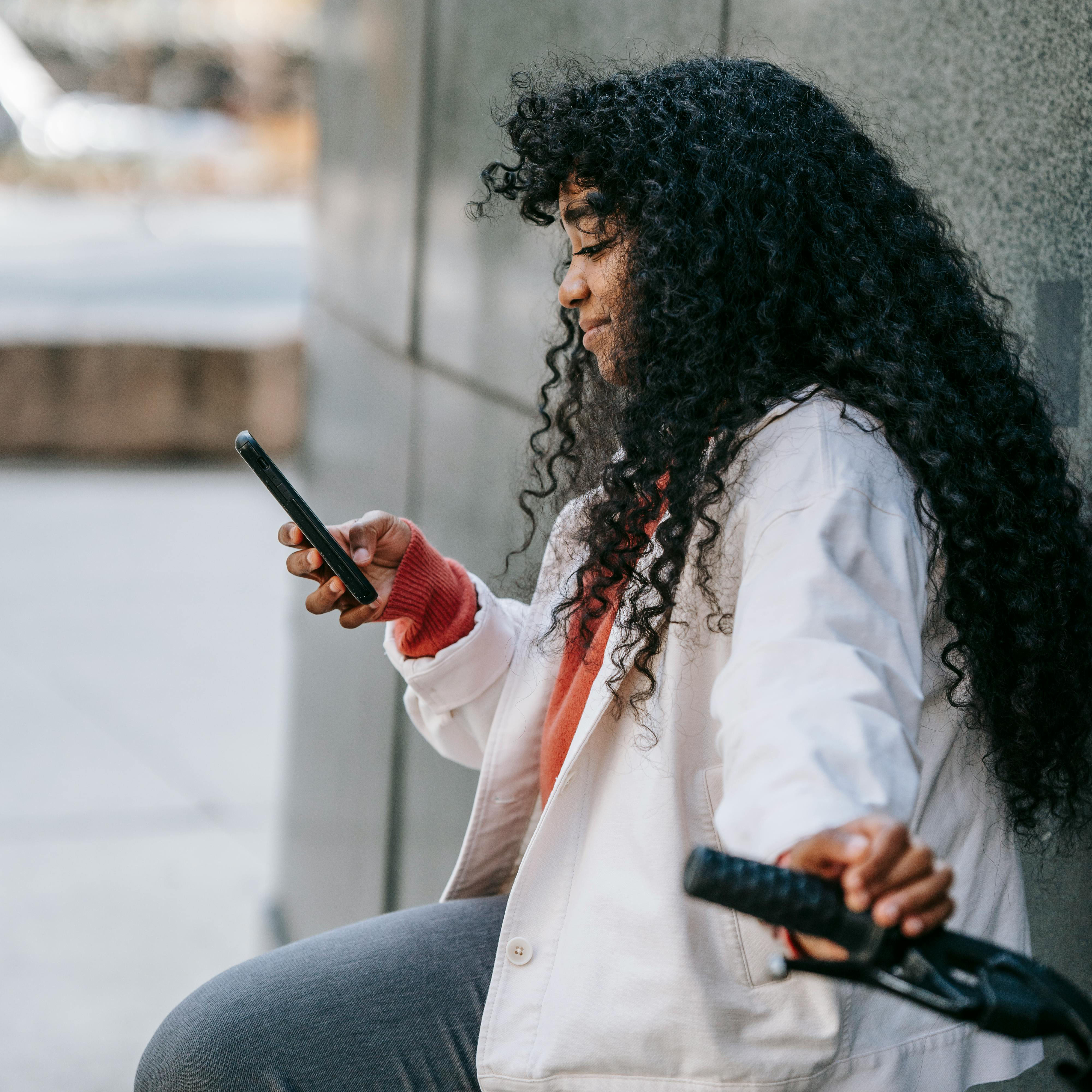
Whether due to cost or the lingering stigma associated with getting help, many people whose mental health could benefit from therapy don’t seek it. Dale Beerman and Chris Goettel, the founders of Sanvello (formerly Pacifica), set out to change that. They knew the cognitive behavioral therapy and mindfulness techniques they’d used to overcome social anxiety and insomnia had worked for them, and they wanted to make these techniques available to more people. They teamed up with licensed therapists to create Sanvello’s educational video and audio lessons, guided meditations, practical exercises, emotion tracker, and journaling tool. The effectiveness of the app has driven its success. Additionally, Sanvello uses behavioral design techniques to encourage users to integrate the app into their daily lives.
By any measure, the app is seeing success. Not only do users report benefitting from the app, it’s also received over $53k in seed funding and has an estimated annual revenue of $4.8 million.
Multiple behavioral design techniques are at play in Sanvello, making it especially effective at prompting daily use. Here’s an overview of what’s going on in the app.
Upon launch, the app asks users to rate how they’re feeling on a visual sliding scale. Users can then select from a wide array of emotions that are driving that rating and type in the current circumstances that could be correlated with those feelings. A graph shows data from past entries so users can easily track patterns and analyze their progress over time. If users have enabled notifications, they’ll receive prompts asking, “How are you feeling?”.
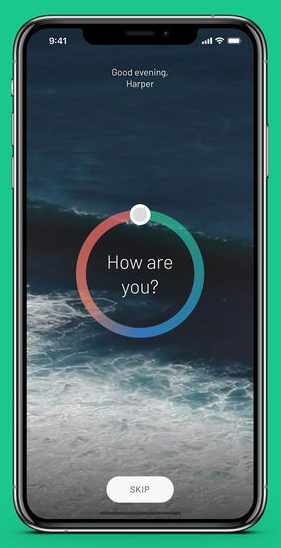

Guided Journeys are self-contained collections of video, audio, meditations, and exercises on specific topics or CBT techniques. Users can see each step of a Journey in a visual display. The app marks each step complete as users finish them. While it’s possible to finish an entire Journey in one sitting (they require about 20 minutes to complete), it’s more likely that users will start a Journey, complete a couple of the components and then come back later to continue. Since users can see each step of the Journey at the beginning and are able to check off completed steps, the app motivates them to continue each Journey and see it through to completion.
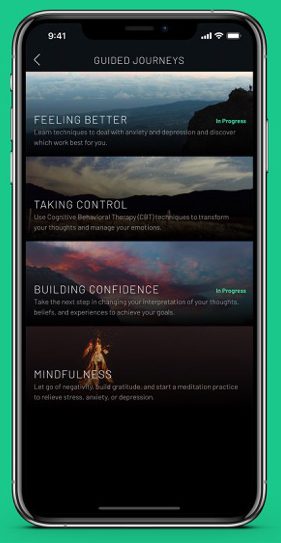
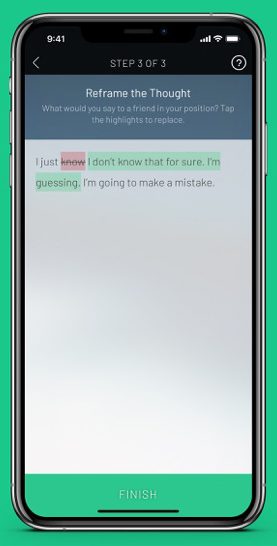
When users first set up their account, the app asks what they want to accomplish. Users can select from options like be happier and improve health. As users engage with the app, they make progress toward those goals. Through weekly check-ins, the app tracks progress and displays a roadmap for improvement. Users can easily watch how they’re improving, and they can see where the app will take them next. Each small success builds upon the previous ones, motivating users to continue.
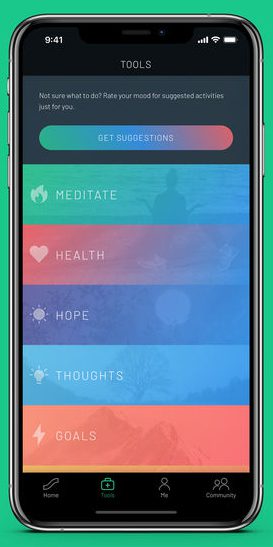
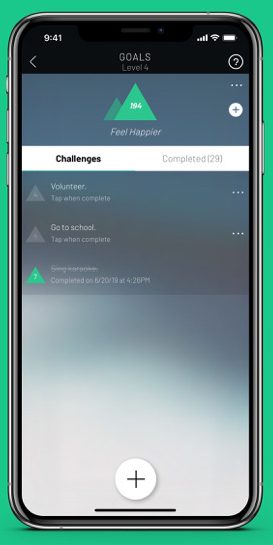
The app allows users to connect with one another to share their stories, tips, and insights. Users can share anonymously if they wish, but the ability to connect with peers and feel connected to a larger group of people who are experiencing similar challenges provides a strong sense of social support. This community motivates users to stay involved, since users not only feel connected but also valued as they share their own stories, encouragement, and insights.

For those who can’t afford therapy or aren’t yet comfortable with the idea of going to a therapist, Sanvello offers a strong alternative. It’s not a replacement for seeing a therapist in person. But its smart combination of CBT-based content and integration of behavioral design to encourage users to build healthy daily habits make it successful.
Want to learn more about how we integrate behavioral design into mobile apps or talk about your project idea? Get in touch.
Subscribe to our newsletter.
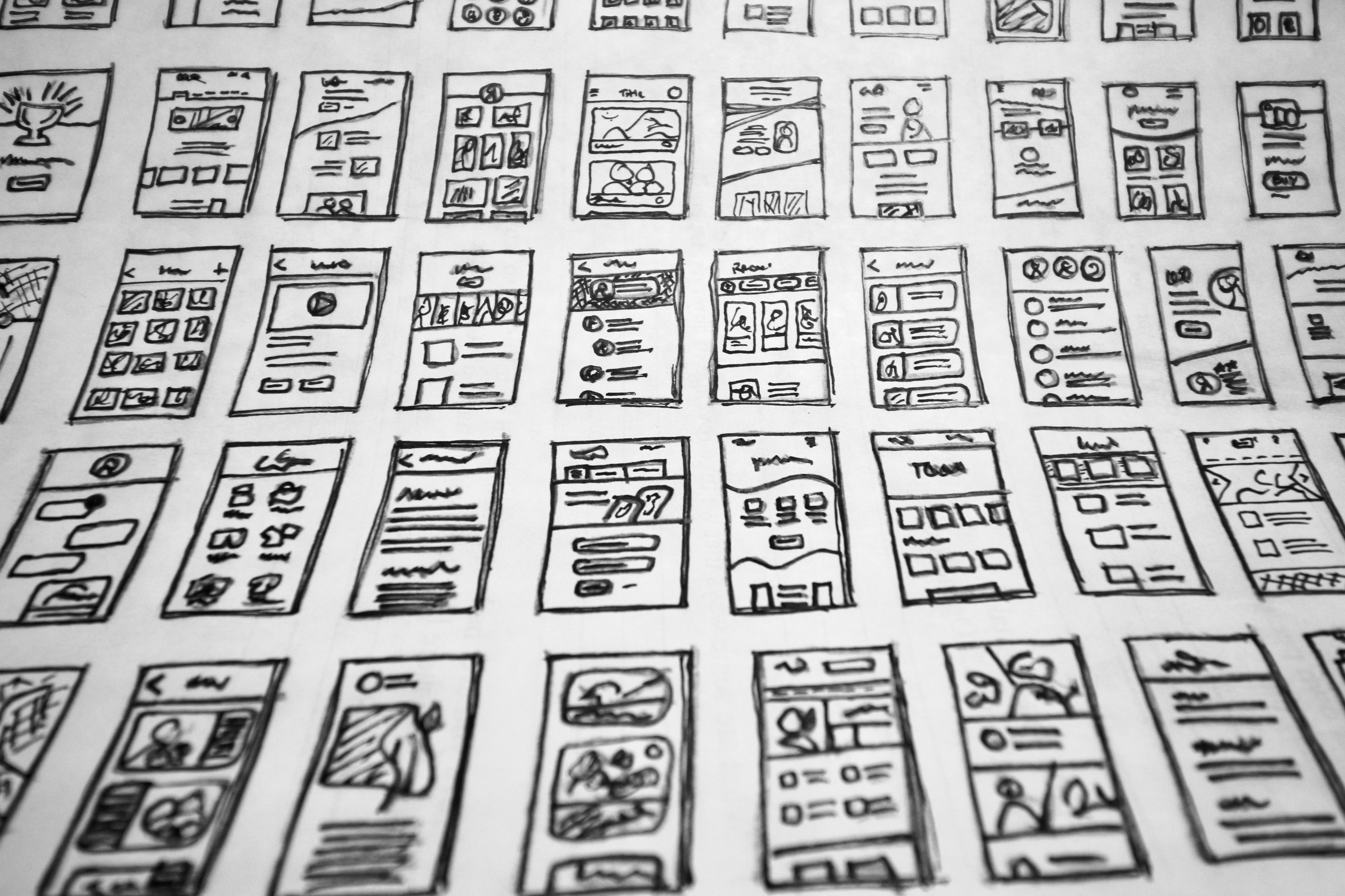
Successful apps aren’t just usable; they make users want to use them. Too often, companies build an expensive app, only to struggle with user...

Getting people to download your app can be challenging. Getting them to come back? Even harder.

Those of you who have been following our blog know that we write about behavioral design quite a bit. And we integrate behavioral design into the...
Post
Share